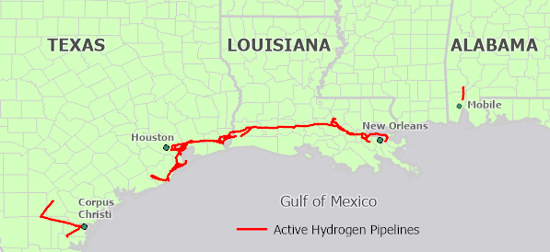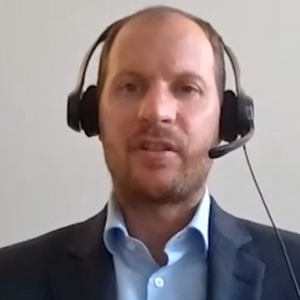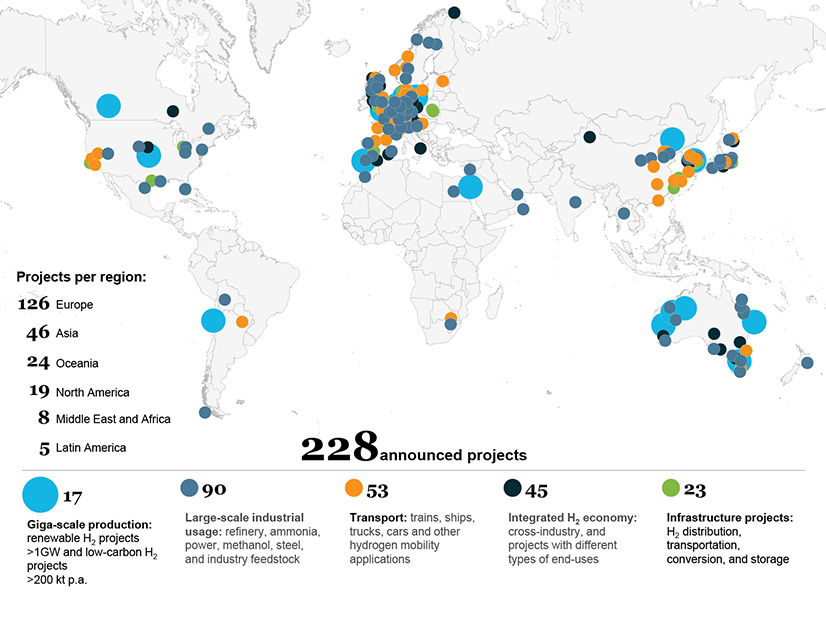If a new “hydrogen economy” is the key to reaching net-zero emissions, what rules will apply and who will enforce them?

Sandra Safro, coordinator of the oil, gas and resources practice group for K&L Gates, says there would be advantages to having FERC regulate pipelines carrying hydrogen, which are likely to be mixed with natural gas, at least initially.
The Natural Gas Act gives FERC jurisdiction over regulation of natural gas transportation in interstate pipelines — natural gas defined as “either natural gas unmixed, or any mixture of natural and artificial gas.”
“FERC has defined natural gas as that produced from a well, and artificial gas has been defined on a case-by-case basis generally referring to those that have been produced from non-oil sources, including coal or landfill gas,” Safro told the Smart Electric Power Alliance (SEPA) and Electric Power Research Institute (EPRI) H2Power conference last week. “This does create the potential that FERC could interpret artificial gas to include hydrogen and thus bring at least hydrogen blended with natural gas under its jurisdiction, which would help enable use of the existing interstate natural gas pipelines to transport hydrogen.”
If new interstate pipelines are needed for hydrogen, FERC’s authority over the siting and construction of interstate gas lines would preempt state authority.
But the commission lacks authority over interstate oil pipelines, meaning those pipeline developers must obtain certificates from each state they cross through. “So as we look at the development of a hydrogen economy … there are advantages to the approach of having FERC regulate the siting and construction,” she said.
Using Existing Gas Infrastructure
Kimberly Denbow, managing director of security and operations for the American Gas Association, said it makes sense to repurpose natural gas pipelines to carry hydrogen.
“Why not find solutions that team hydrogen and natural gas rather than entirely ditching one infrastructure to build another?” she asked. “I just don’t see how the destruction or decommissioning of an existing infrastructure that could be repurposed is of any benefit to any environmental goal.”
Denbow also said natural gas should remain in the energy mix to provide resilience to the system.
Researchers are exploring how different mixes of hydrogen and natural gas would impact pipeline safety. “Hydrogen is a different size molecule than … methane and so it’s going to have different impacts on different types of pipeline material,” she said.
Current research is looking at mixes of 10 to 20% hydrogen, Denbow added. “Based upon what I’ve been seeing so far, 100% hydrogen — I don’t know if that’s going to be possible.”
Winning Public Support
Safro said the fact that hydrogen is aiding in decarbonization doesn’t mean that building hydrogen pipelines will be immune from political opposition.

“To some extent, those NIMBY [not in my backyard] issues are still going to be present,” she said. “But I think that there is a lot that the hydrogen industry can do to educate the public and educate stakeholders that can help with some of those ‘social license to operate‘ issues.”
John Lochner, vice president of innovation for the New York State Energy Research and Development Authority (NYSERDA), said an inclusive stakeholder process will be essential.
He noted that the state’s Climate Leadership and Community Protection Act (CLCPA) requires New York officials to consider disadvantaged communities and an “equitable transition” to decarbonization.

“It’s really become important to … broaden our stakeholder outreach and ensure that we’re getting many voices to the table and thinking long and hard about a number of different pathways to success,” he said. “None of us sitting here today can be sure about what the right pathway is.”
Lochner said he was impressed by the work of University of Hawaii at Mānoa’s Laboratory for Advanced Visualization & Applications (LAVA), which created scenarios allowing stakeholder groups to see what it means to choose more solar or more wind on the islands “and what that meant for agricultural land use, and other tradeoffs. [It] really helped stakeholders understand — in a way that perhaps multi-100-page regulatory documents don’t — what it means to go one direction or another.”
Gas Quality Specifications
Safro said another question regulators will have to answer is regarding gas quality specifications.
“There are a few interstate gas pipelines in the U.S. that include hydrogen in their gas quality specs today, but none that would allow the quantities of hydrogen in the gas stream that would be necessary for a hydrogen economy at scale,” she said.
Updating gas quality specifications can be a lengthy and complicated process, as demonstrated in the early 2000s, when the U.S. was importing liquefied natural gas. “These were lengthy proceedings, and they included many, many stakeholders. But we did ultimately get there, and I am optimistic that we could get there for hydrogen too,” she said.
Demonstration projects will provide guidance on what kinds of regulations will be required and how agencies overseeing hydrogen should coordinate their efforts.
“We have to look at the regulations that we already have on the books, because there is hydrogen production in the U.S. today, just not at scale,” she said. “I think there probably has to be a fair amount of communication between FERC, the RTOs and ISOs, the [Department of Transportation’s] Pipeline and Hazardous Materials Safety Administration (PHMSA), and probably a number of other federal agencies whose jurisdiction is going to be implicated.”
FERC has no jurisdiction over pipeline safety or security, but its review of applications for construction and operation of interstate natural gas pipelines ensures that applicants certify that they will comply with Department of Transportation safety standards.
“PHMSA would have jurisdiction over the transportation of hydrogen by pipeline and perhaps hydrogen as a hazardous material, as well,” Safro said. “EPA and OSHA also have regulations that relate to hydrogen when it’s on site, particularly in a liquid form. I think a lot of the regulations that are on the books do a good job of addressing the issues. But I do think that there are areas where we may see regulations need to evolve to adapt to a hydrogen economy at scale.”


